YYYYMMDD >>> BACK HOME <<< >>> SELECTED FEATURES <<< >>> HIDDEN ARCHIVE <<<
[20221013]
BALANCES by GHISLAINE LEUNG at MAXWELL GRAHAM / ESSEX STREET [from 20220908 to 20221015]
[Photos: Maxwell Graham / Essex Street]
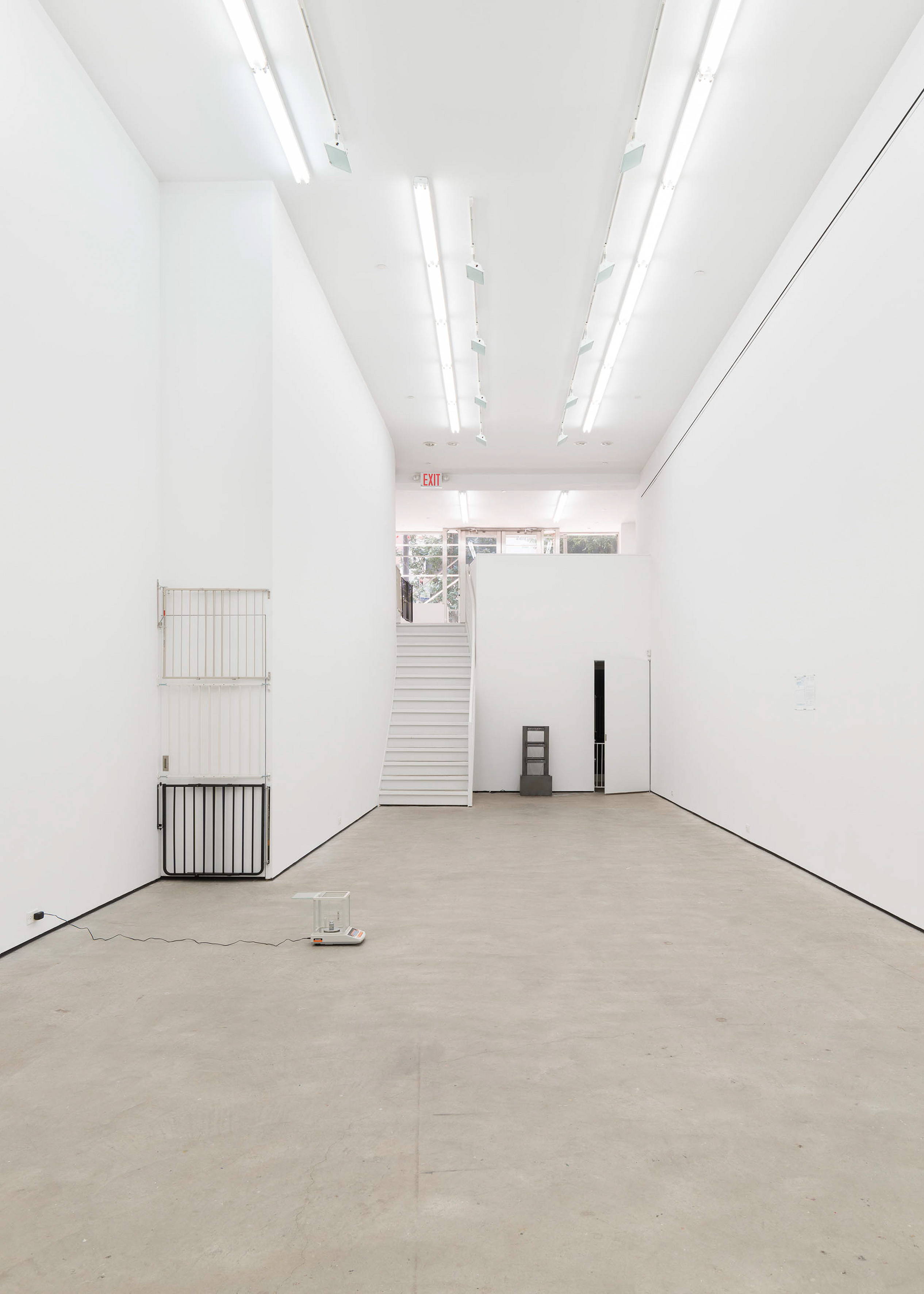


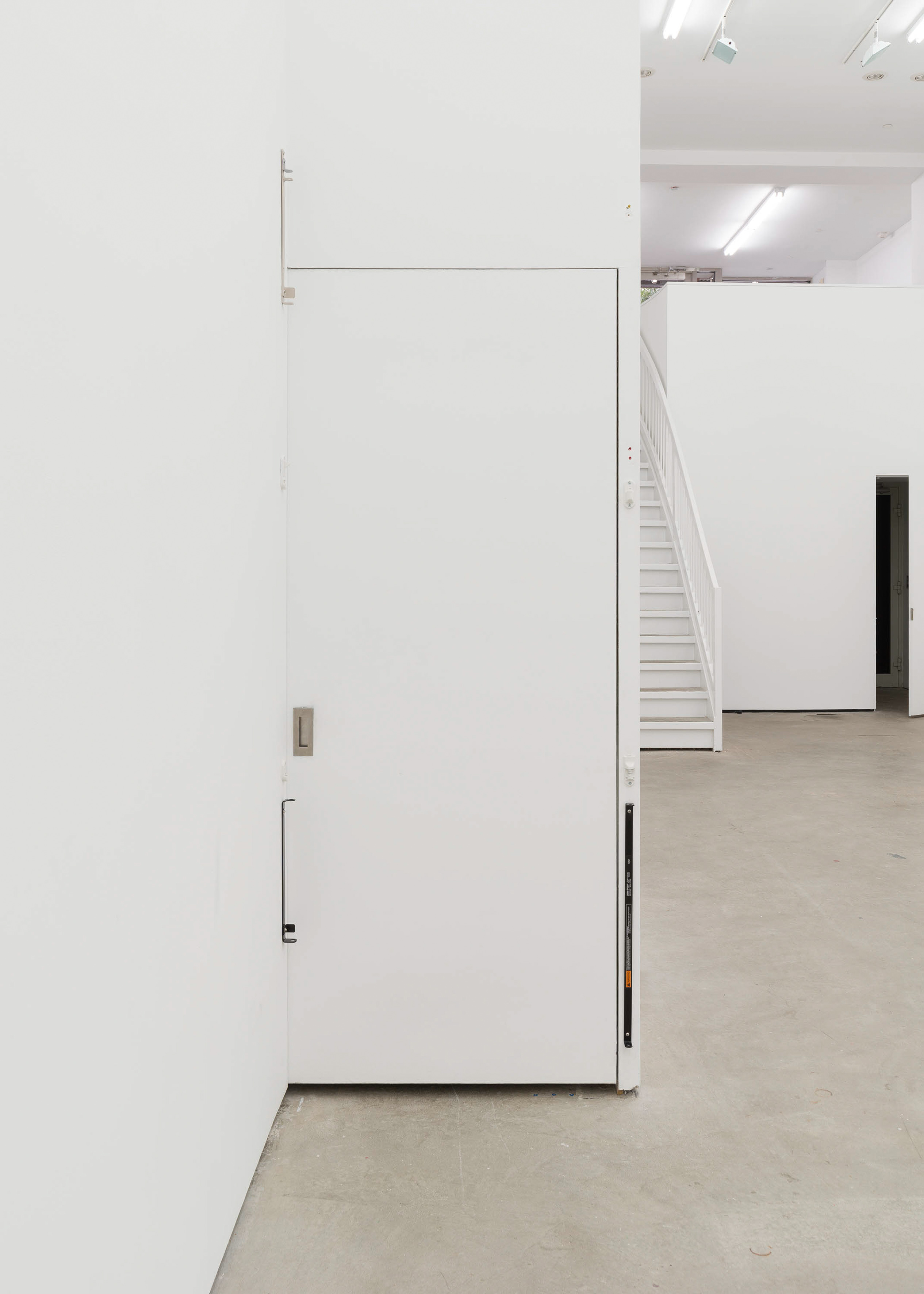


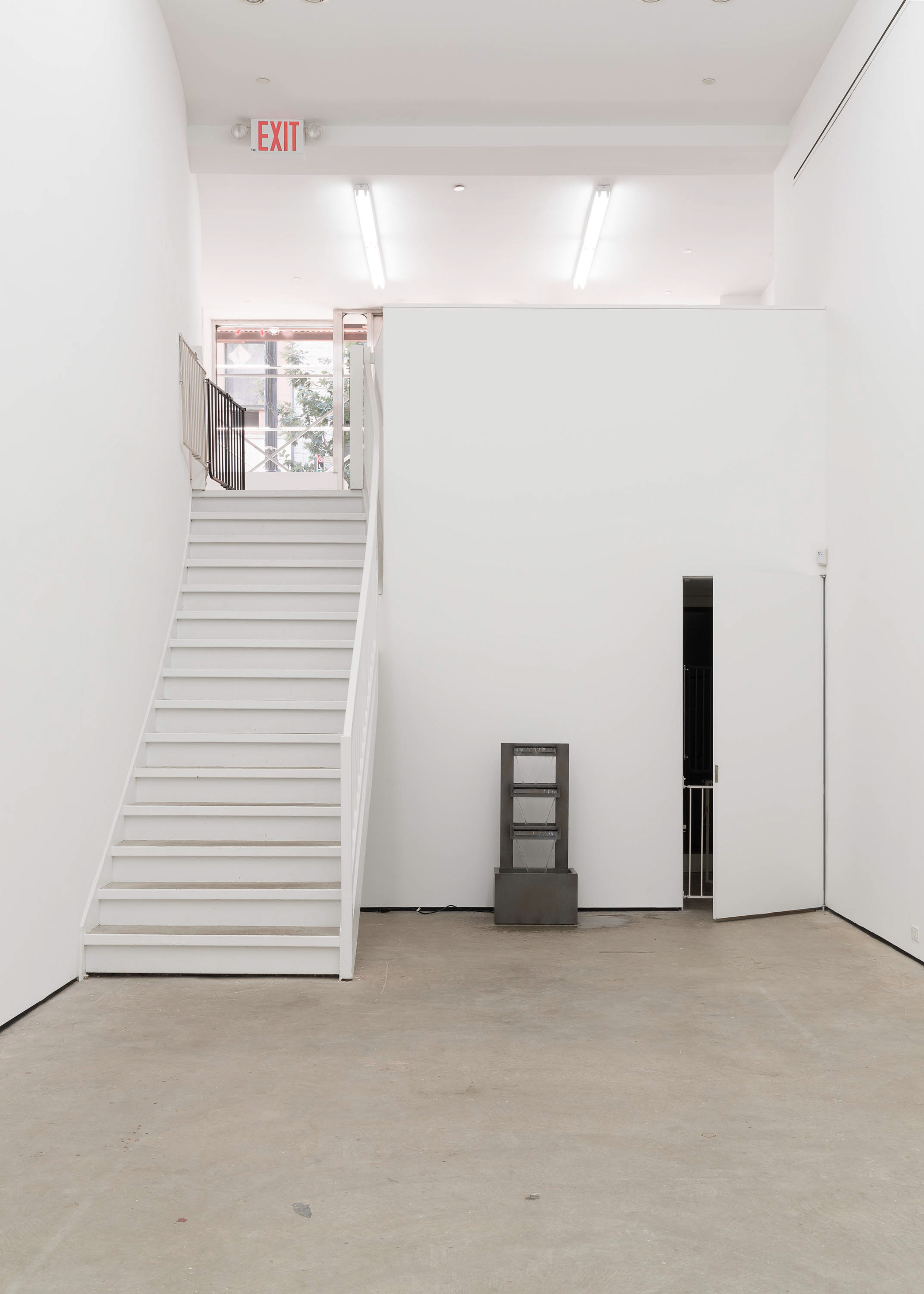

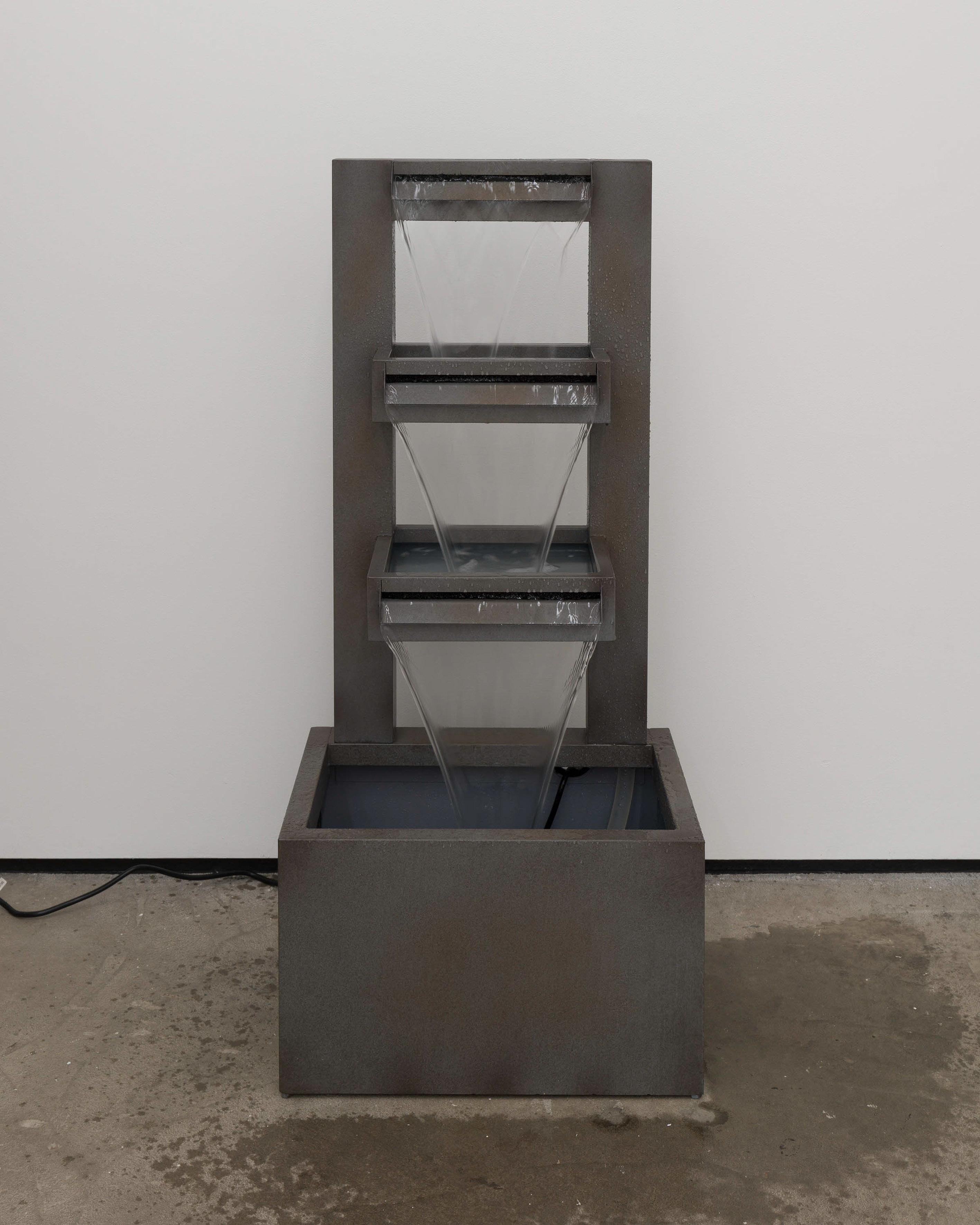

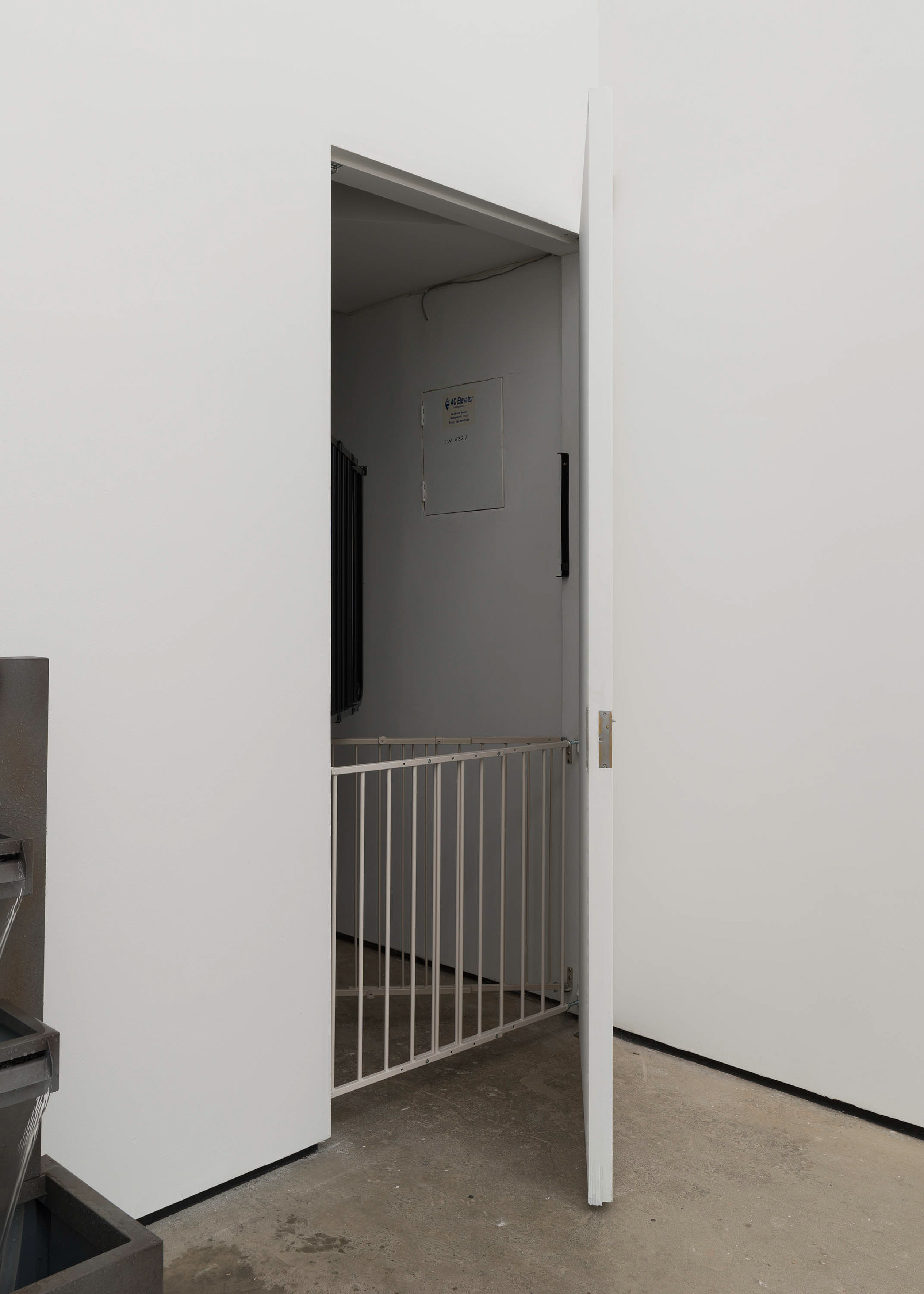
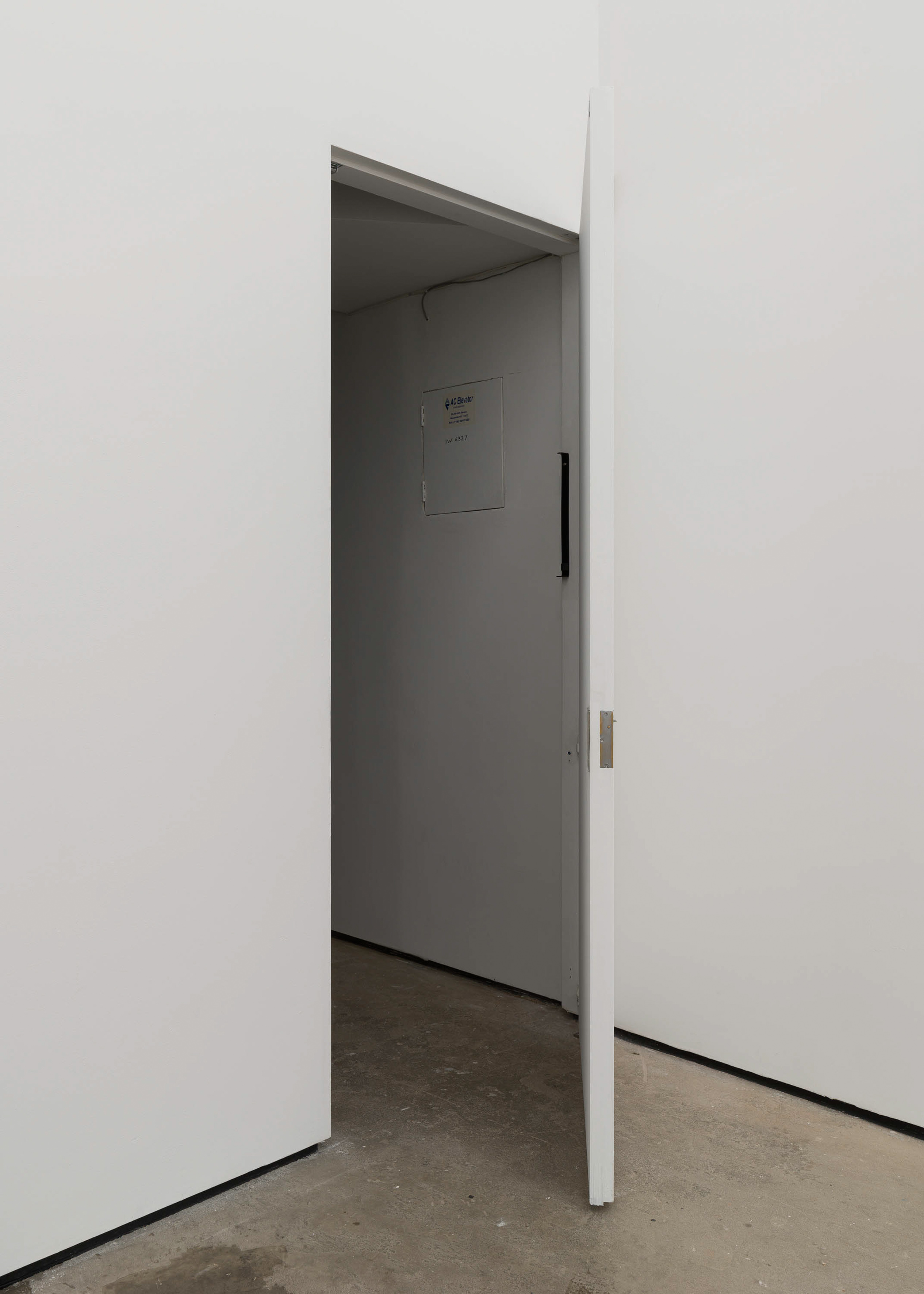



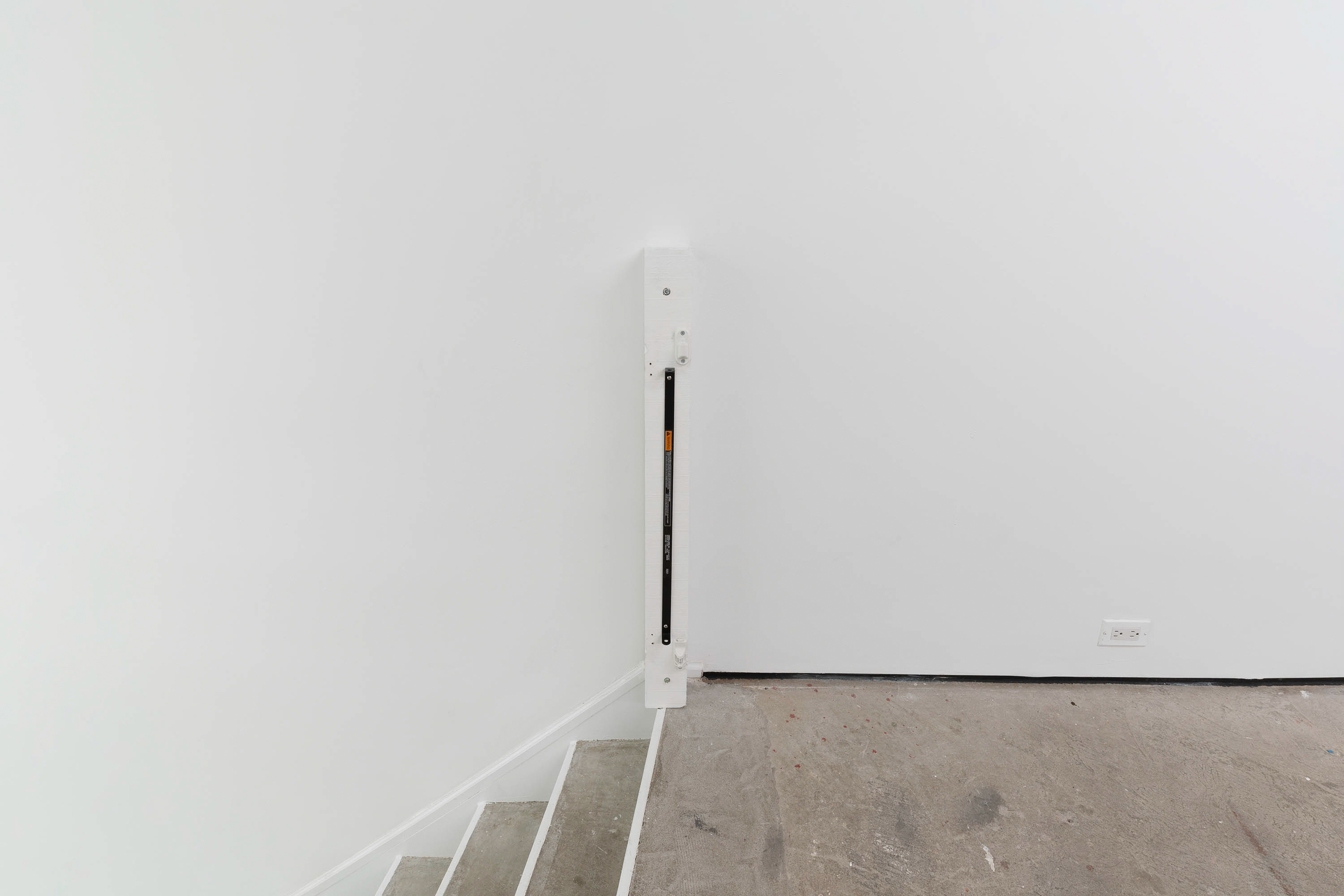
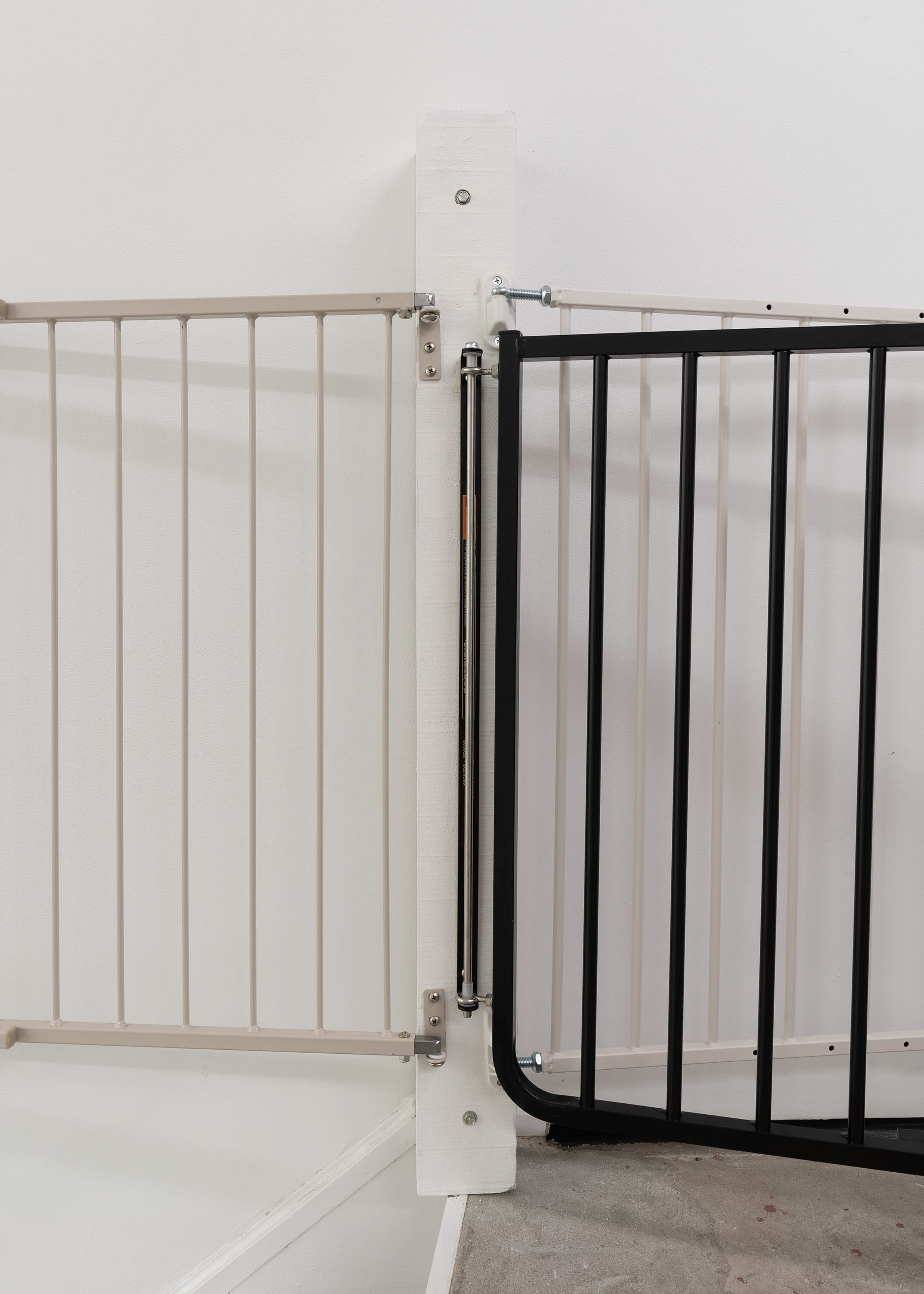


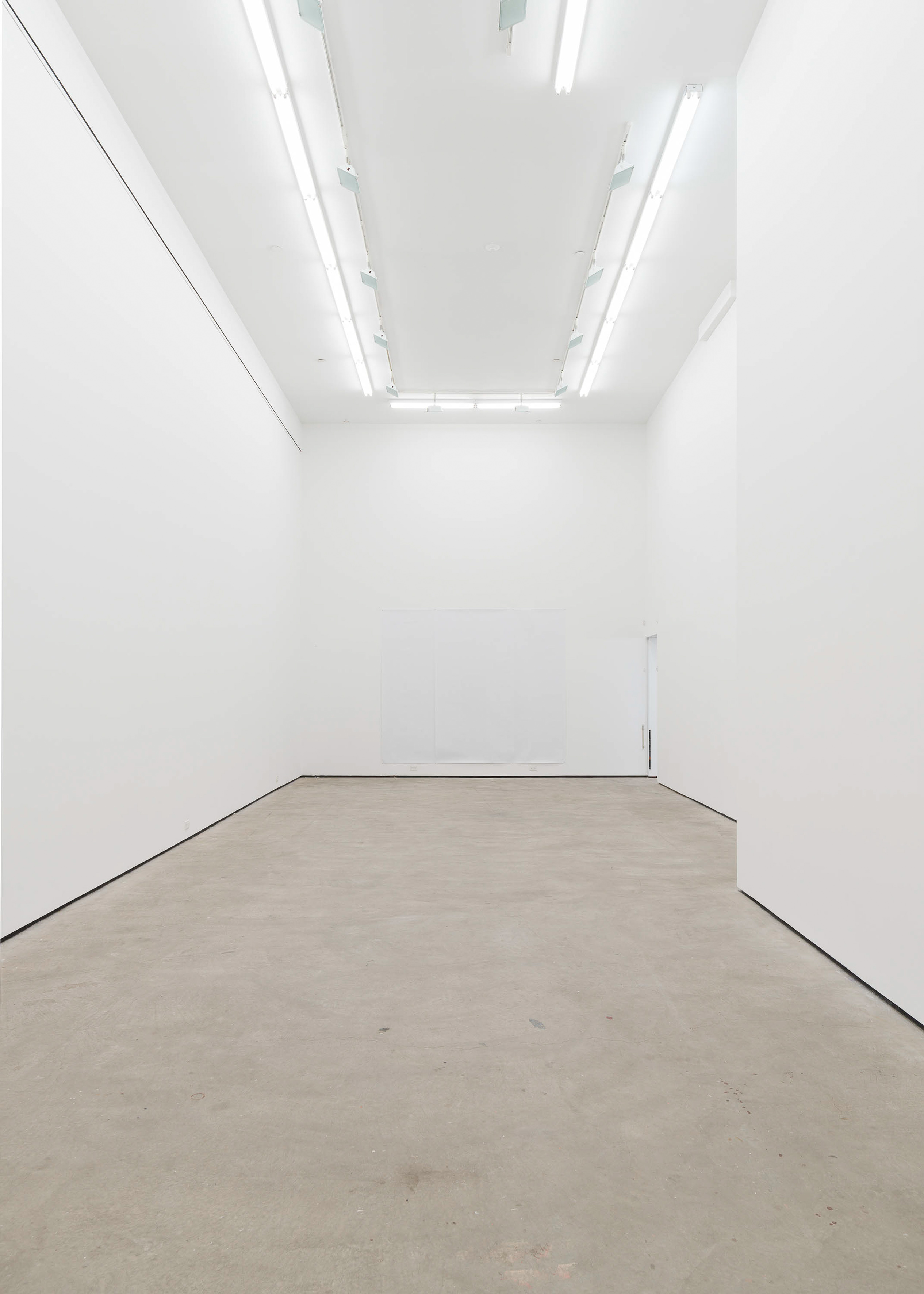
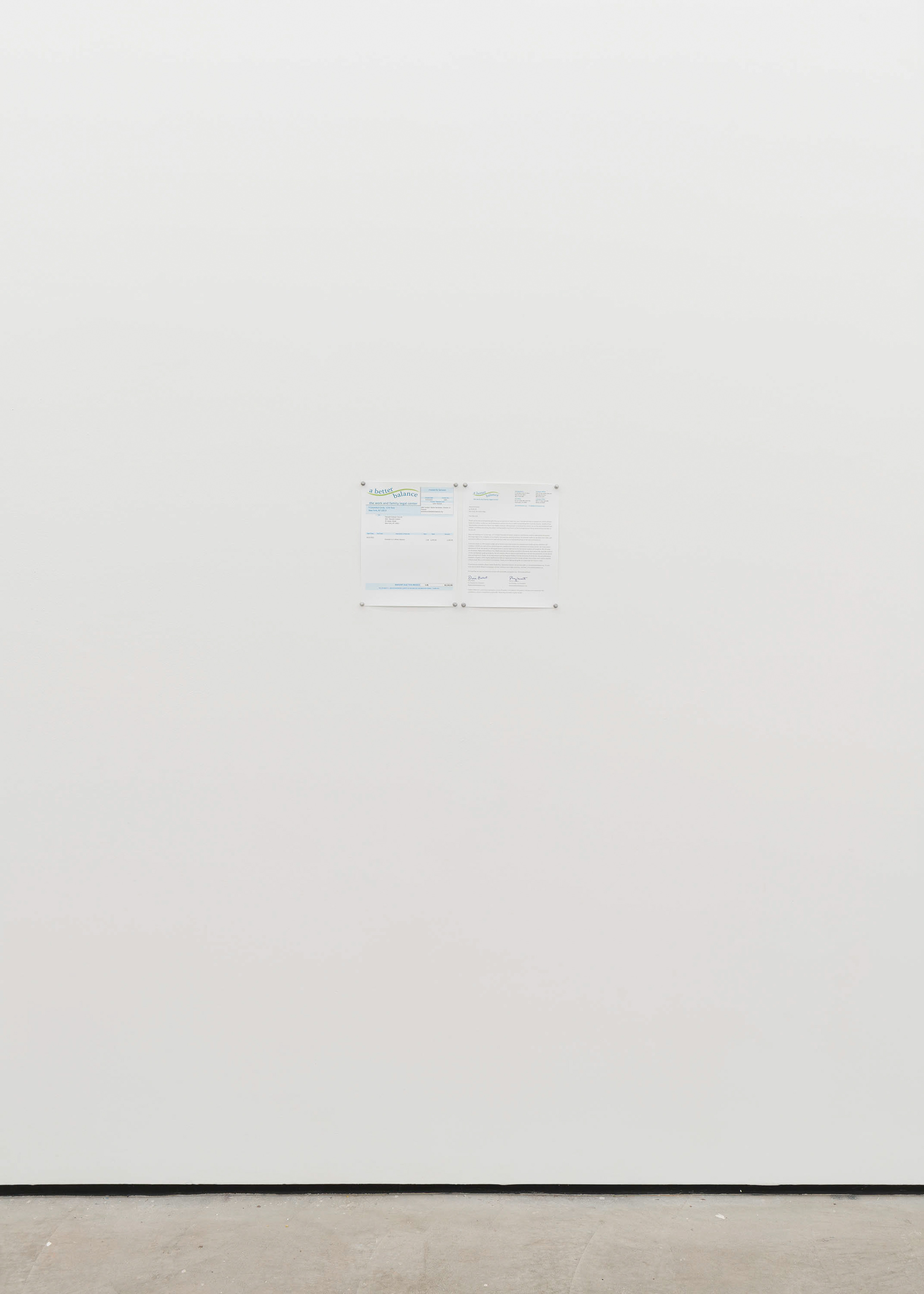
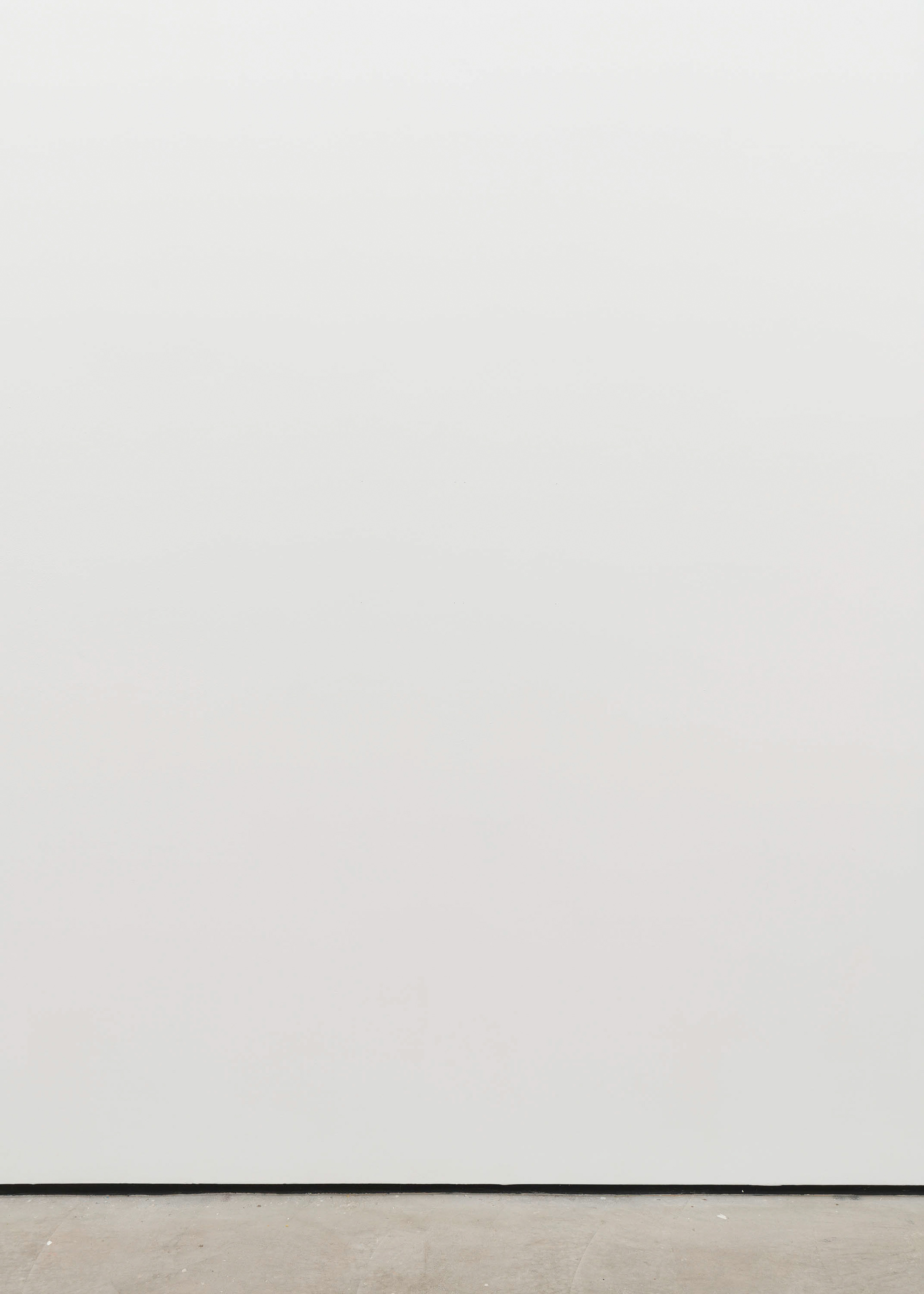
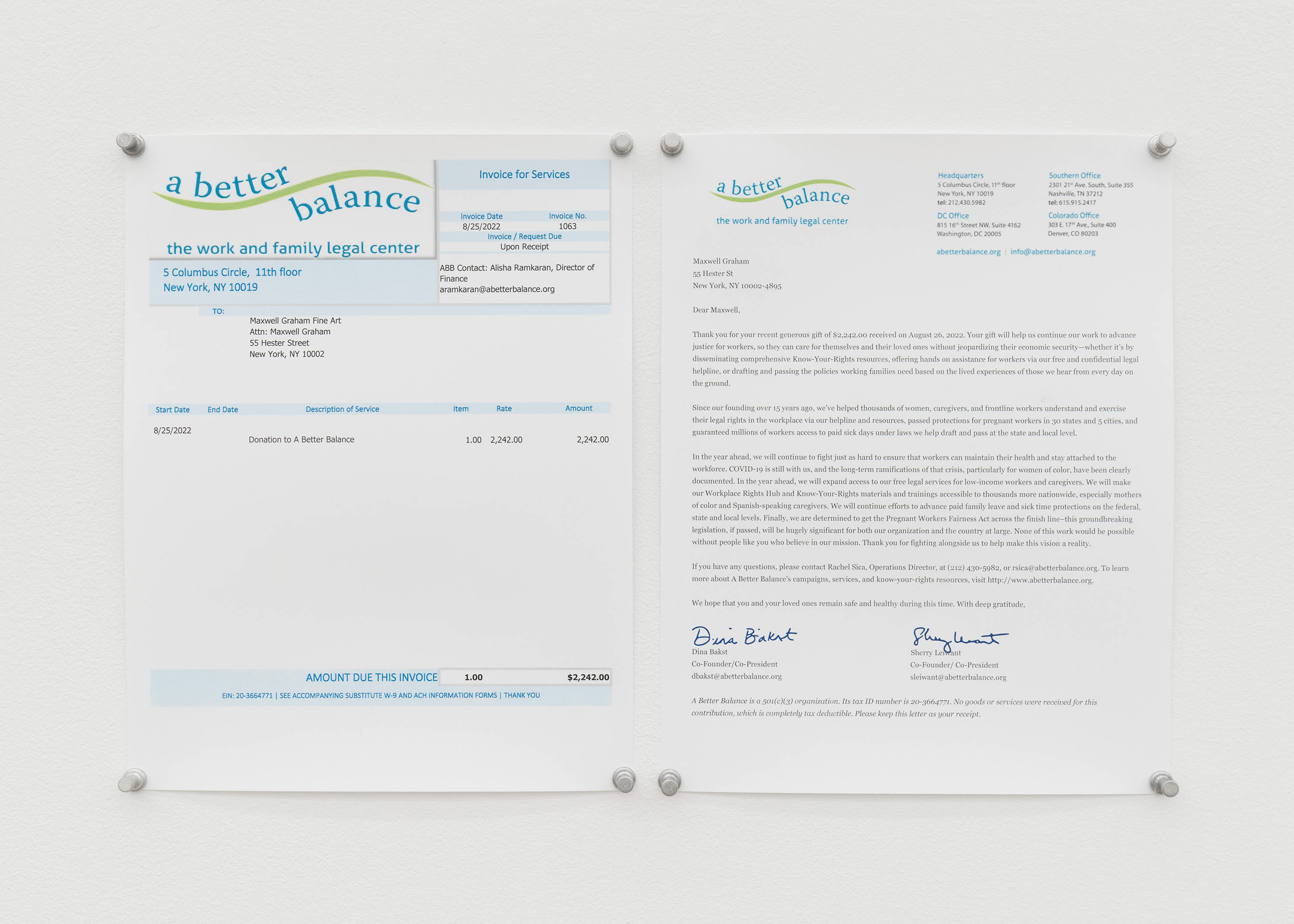

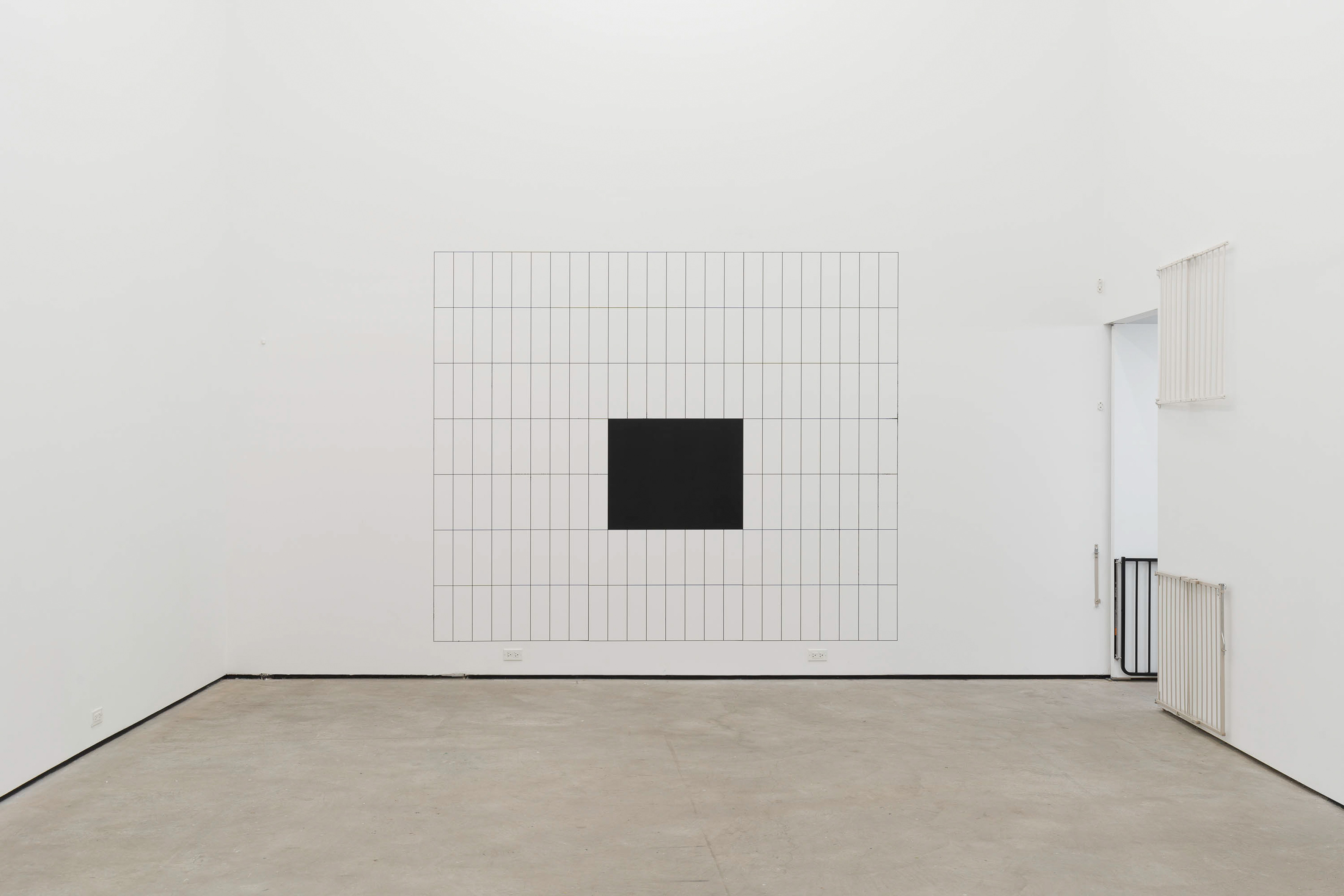



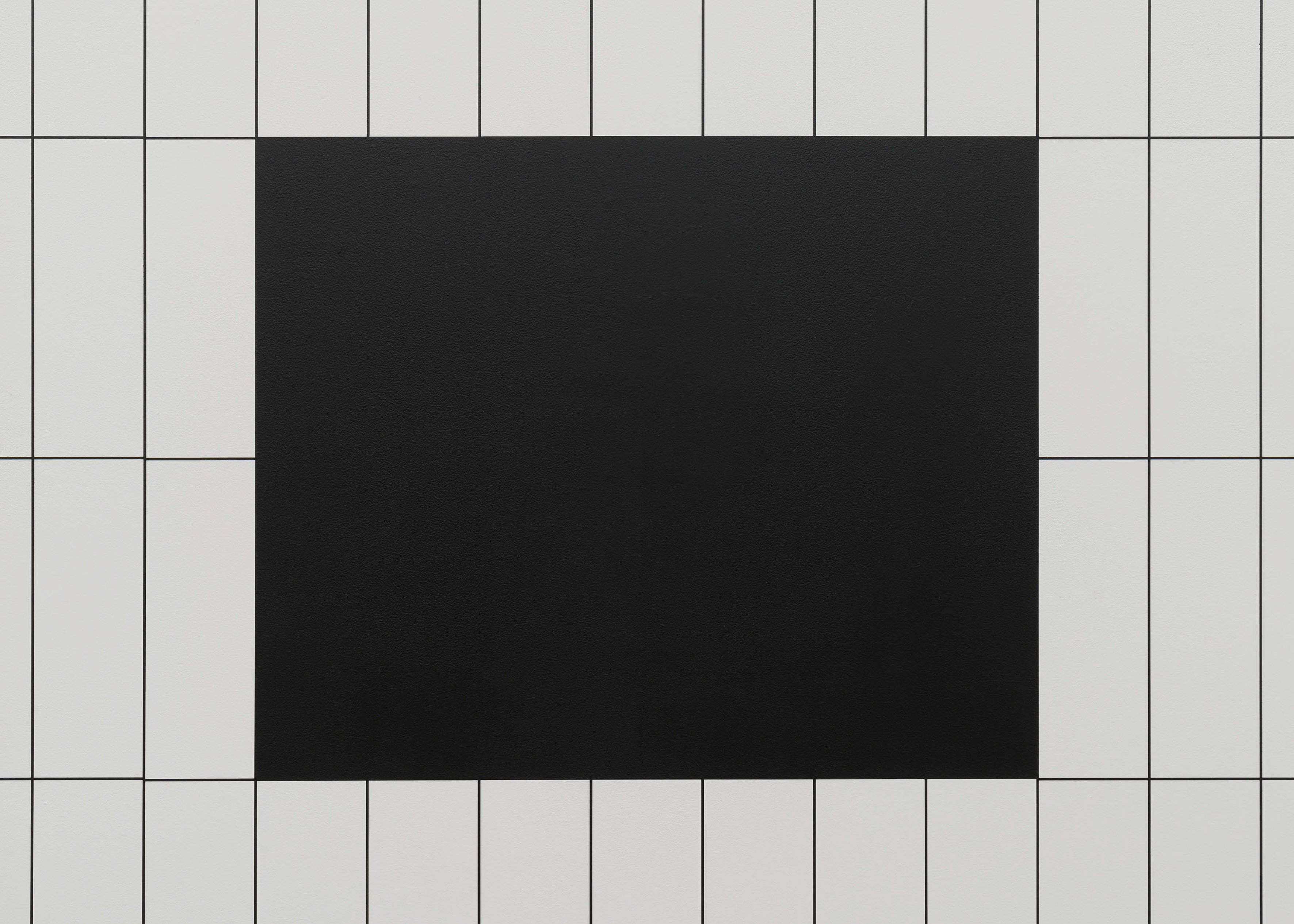










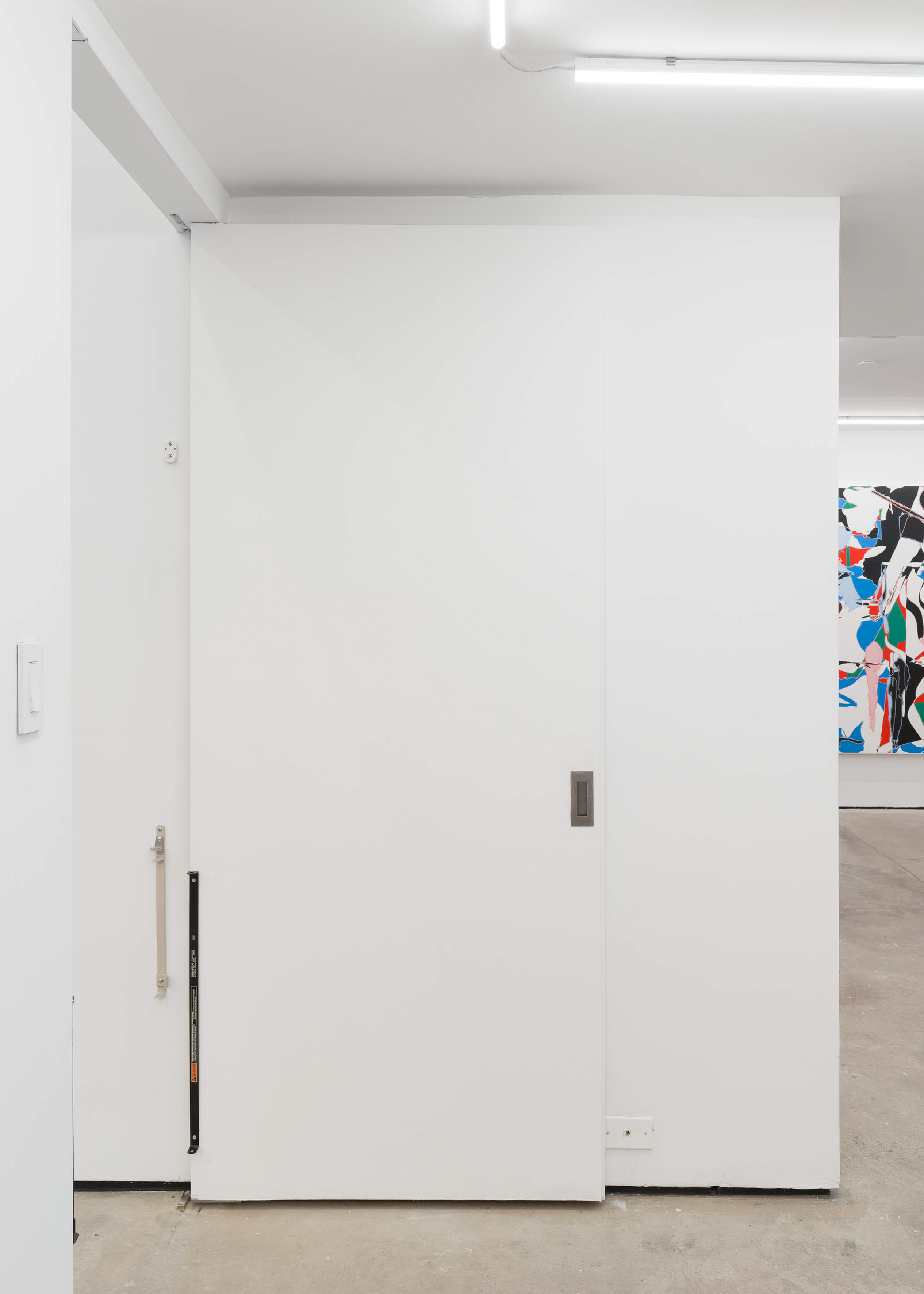
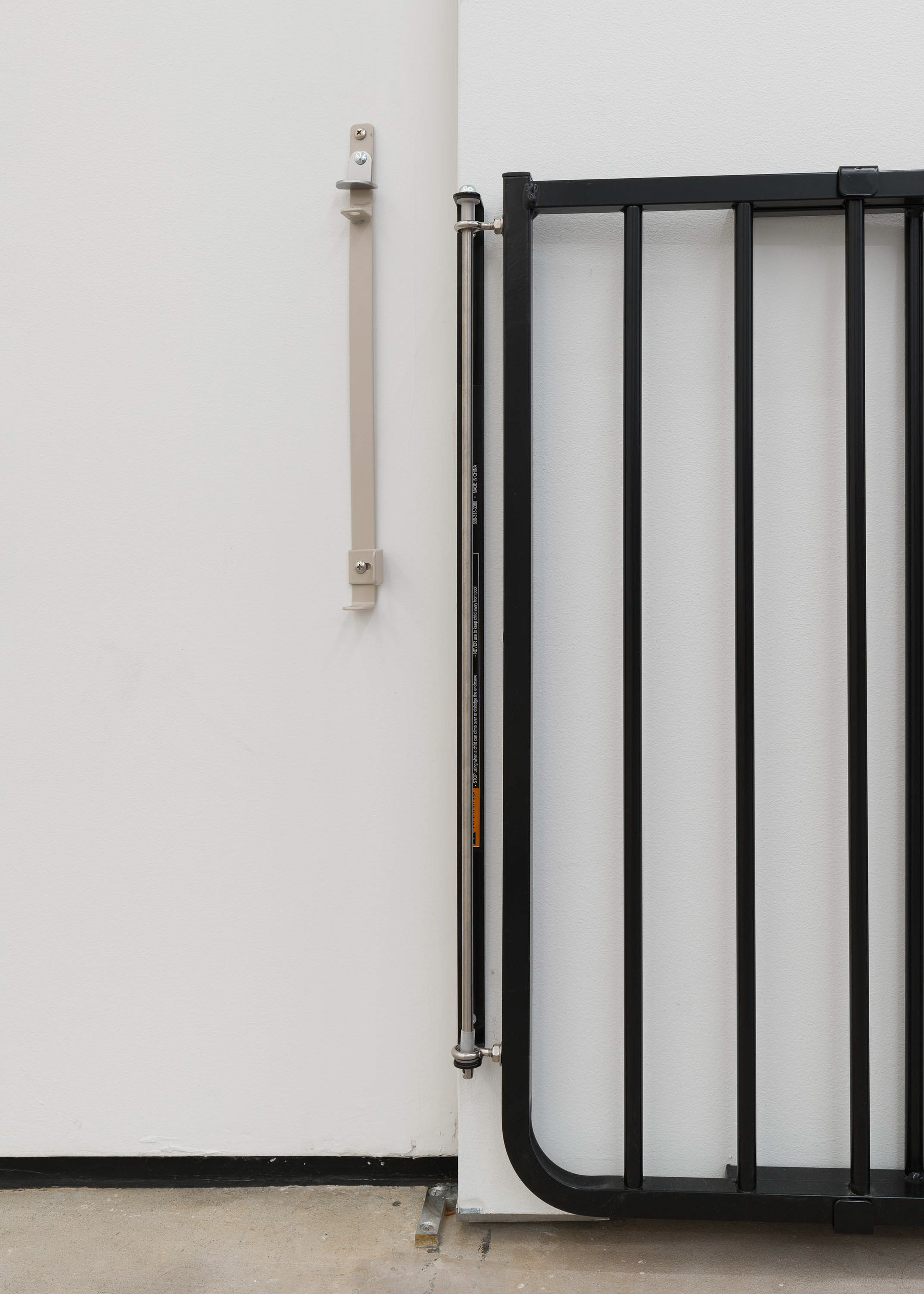





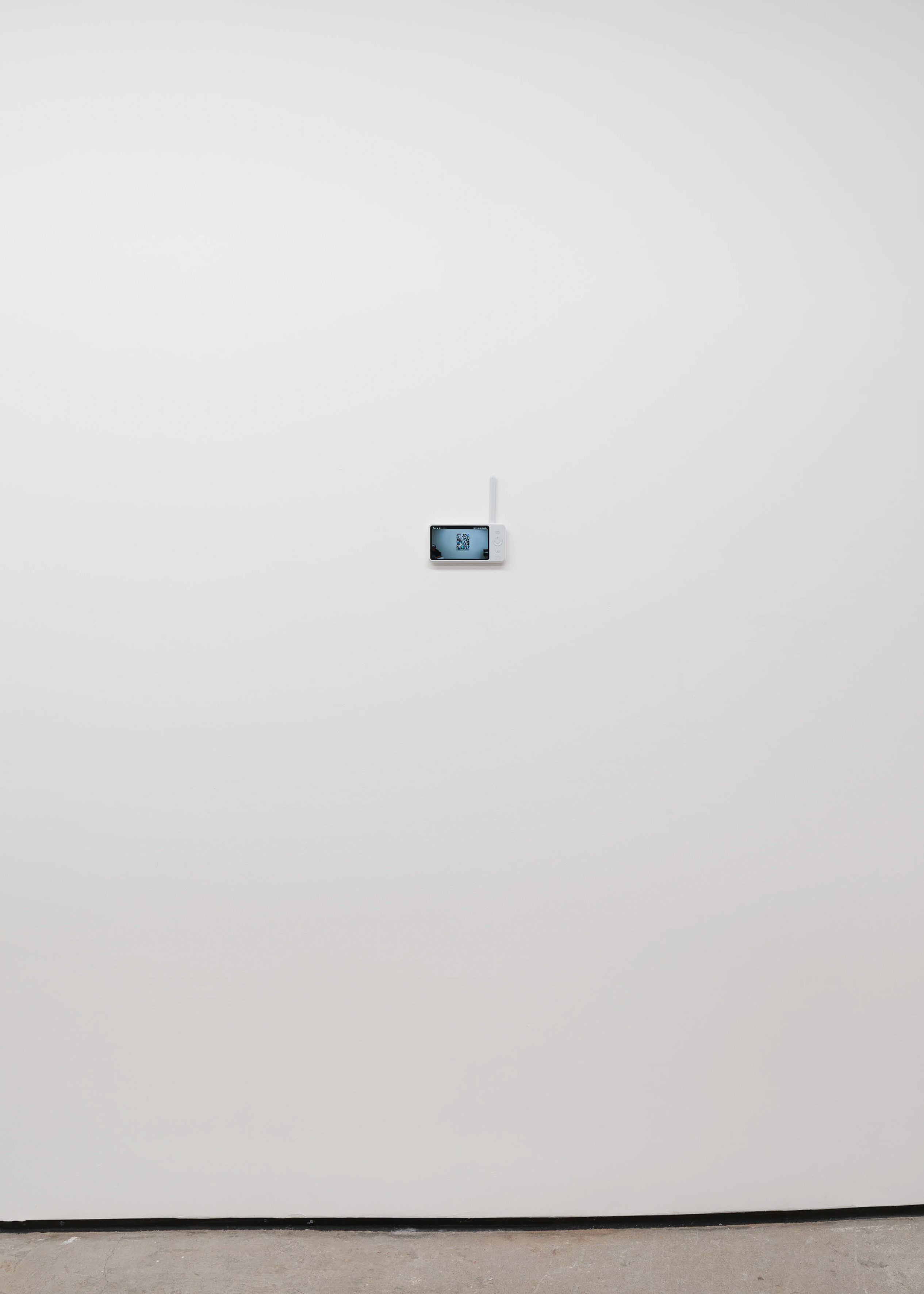
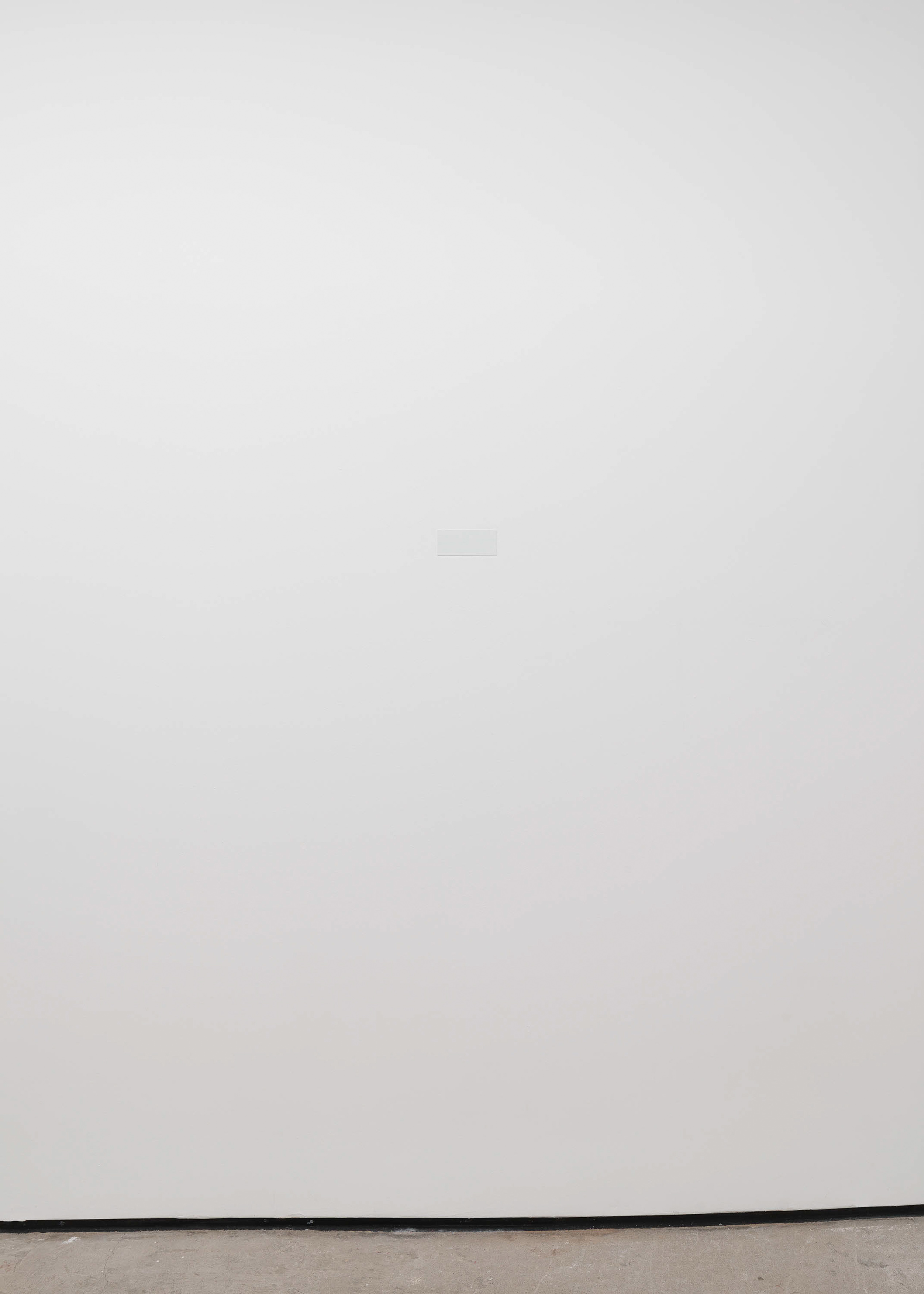
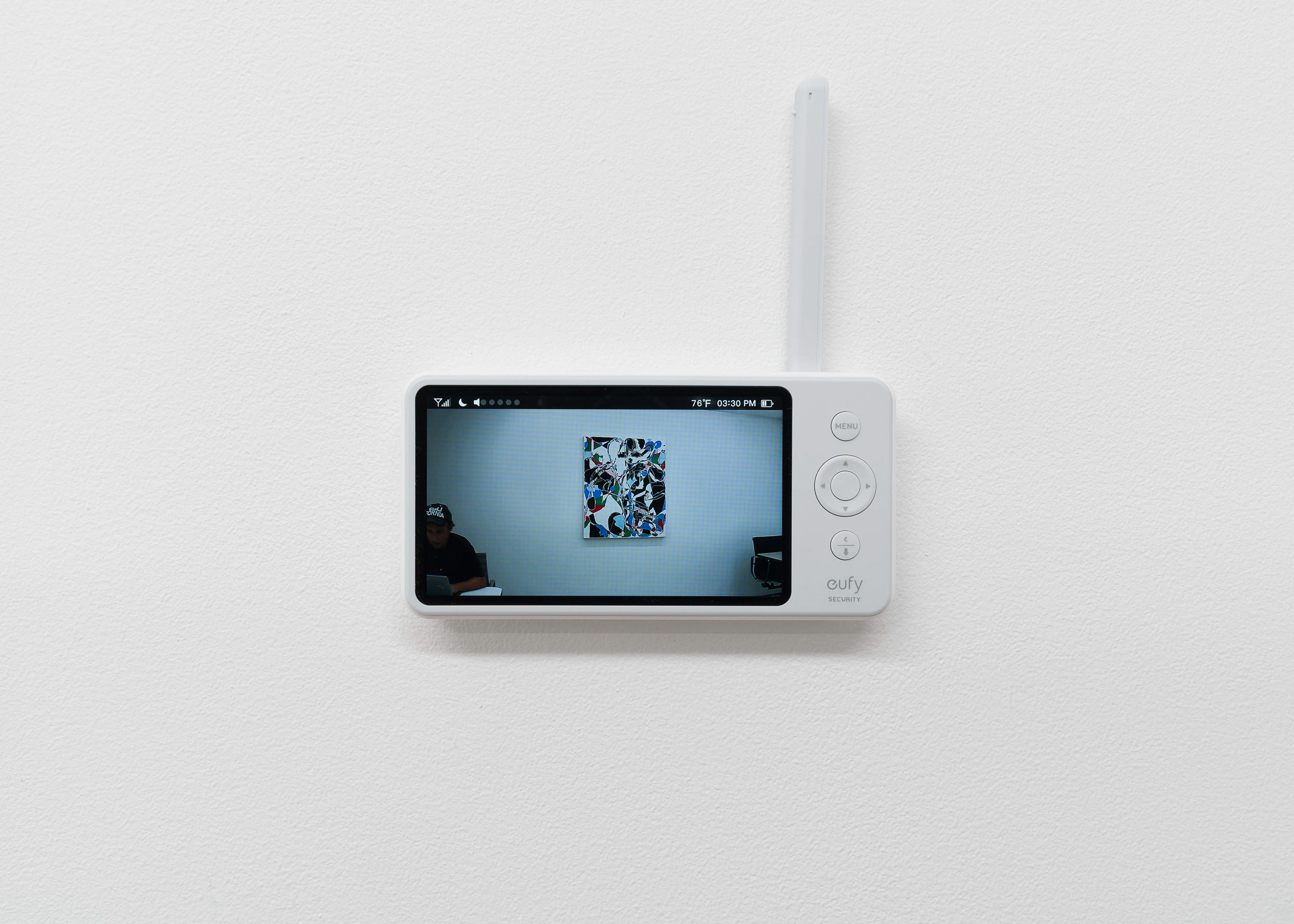



“I write to you at a point of crisis, probably a necessary one.
Since our early July meeting I have felt unable to meet the demands required of me, required by myself. Unable to meet these demands my body reacts in illness and withdrawal. I am in crisis because I feel unable to make the new works requested of me.
I feel unable to make the new works requested of me because I do childcare evenings and weekends, and weekly. I do this childcare not in spite of my work as an artist but as an active and empowered choice to be a mother. As a mother and artist, committed to my child and committed to my art, I am able to work a fraction of the time assumed by societal models that preclude care work. In this time I also teach art, to afford to live and to pay for the childcare that allows me to make my art. I do not wish to drop out from my art, I do not wish to entirely outsource care for my daughter. I wish to do both art and care and in doing so change the terms of identity and labour within our industry.
This negotiation of mixed identity and the navigation of contingency is pivotal to my work. A work is contingent on its context, this vulnerability is my work's resilience. It is a negotiation of what it means to have dependencies and be dependent. It is a negotiation of what it means to value the labour of maintenance. It is a negotiation of what it means to hold out and resist binarised identities. You know all of this. Setting up boundaries in order to negotiate is vital to the works’ integrity, its identity and my practice as an artist.
That I am unable to meet demand is the affirmation of a resistive choice as a mother and artist. But I don’t find that at all easy. My desire to mask my situation is a disadvantage to the understanding of the work, and our mutual ability to understand and advocate for the work. To reflect on the constitutive means of production available to, not just me, but many artists navigating jobs and lives. In light of this I would like to begin to propose the following for the exhibition Balances.”
Times, 2022
Score: Access to exhibited works is limited to the studio hours available to the artist. Thursday 9AM-4PM, Friday 9AM-4PM. The exhibition space may remain open during regular hours.
Edition 1 of 3 + 2AP
Monitors, 2022
Score: A baby monitor installed in one room and broadcast to another. Edition 1 of 3 + 2AP
Gates, 2019
Score: Child safety gates installed on all thresholds in the exhibition space. Edition 1 of 3 + 2AP, Collection of Pedro Barbosa, Sao Paulo
Gates, 2019
Score: Child safety gates installed on all thresholds in the exhibition space. Edition 2 of 3 + 2AP
Gates, 2019
Score: Child safety gates installed on all thresholds in the exhibition space. Edition 3 of 3 + 2AP
Fountains, 2022
Score: A fountain installed in the exhibition space to cancel sound. Edition 1 of 3 + 2AP
Travel & Accommodation, 2022
Score: Funds allocated for an artist’s travel and accommodation donated to a local organization supporting working primary caregivers. Documentation exhibited.
Edition 1 of 3 + 2AP
Balances, 2022
Score: An analytical balance scale with the doors left open. An object may be placed on the scale. Edition 1 of 3 + 2AP
Hours, 2022
Score: A wall painting the size of the artist’s home studio wall divided into all the hours of the week with the portion of studio hours available to the artist marked in black. Thursday 9AM-4PM, Friday 9AM-4PM.
Edition 1 of 3 + 2AP
Over the past decade Ghislaine Leung has conceived of a highly conditional procedure of art making. Her art has been made by galleries and institutions of varying proportions and significance. The work of these partners is not only to make her art but to determine how her art is made. Leung has referred to this reliant mode of production as “constitutional critique”. For example, a central work in her solo exhibition Portraits, curated by Susanne Titz and Haris Giannouras, at Museum Abteiberg in Mönchengladbach, Germany in 2021, Browns consists of “All available walls painted brown to standard picture hanging height.” The museum determined the shade of brown. The museum determined the standard picture hanging height, albeit long before Leung’s exhibition. The museum determined what walls were available, and what was meant by availability. Anyone who has visited or studied Hans Hollein’s unconventional and heterogeneous architecture for the museum is aware of the elasticity of such a determination. Furthermore, as Saim Demircan wrote in an important essay 'Remote Working' for Art Monthly “...Leung’s directives recognize that context [is] already half the work of making a show. This self-imposed form of artistic labour supposes a detachment, or distancing of the artist from their artwork given that the scores can be executed by the exhibitor organizer themselves. Yet, simply handing over instructions belies recognition of others implicit within the making of the work. In this respect, Leung’s scores delegate accountability where referred authorship cannot be easily established within, say, the bureaucratic framework of an institution or the private gallery salesroom... The rough application of a neutral colour on the museum’s walls reveals past usages, highlighting the numerous imperfections that are the result of previous installations that came before hers, effectively foregrounding the cyclical temporality of exhibition- making and the layered accumulation of work... Browns also makes visible a connection to a historical lineage unique to the physical structure of a certain place – in this case, the manual labor involved in displaying art – contradicting the degree of objectivity that is implied by distance.”
Balances consists of several new and one earlier work of art. Three editions of the earlier work of art are included and have been variously constituted by the gallery’s associate director, the gallery’s preparator and a private collector. Variability and multiplicity are not just conditions of the work, nor just conditions of the situation, but also conditions of the artist herself.
[Text: Ghislaine Leung / Maxwell Graham]
©YYYYMMDD All content and design by Daniela Grabosch + Ricardo Almeida Roque unless otherwise stated. Images, Videos and Texts can only be used under permission of the author(s).